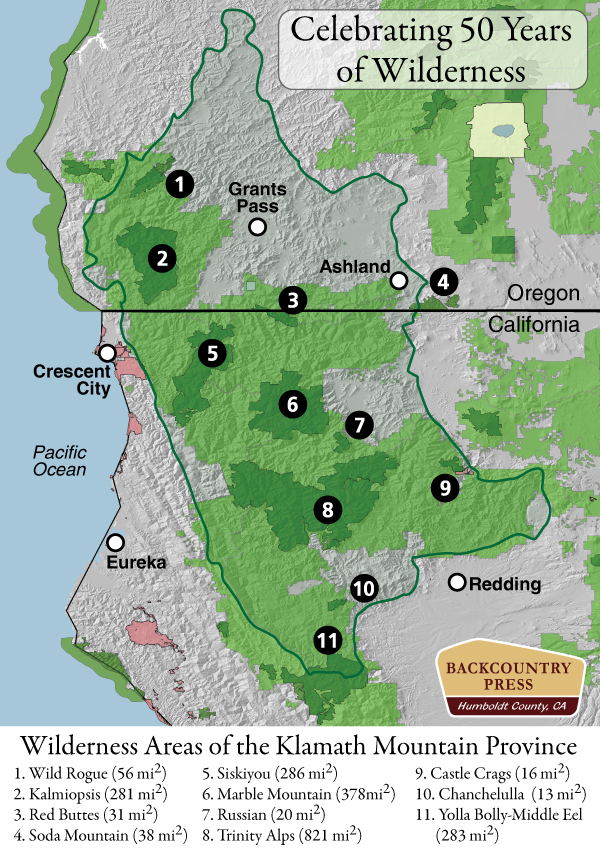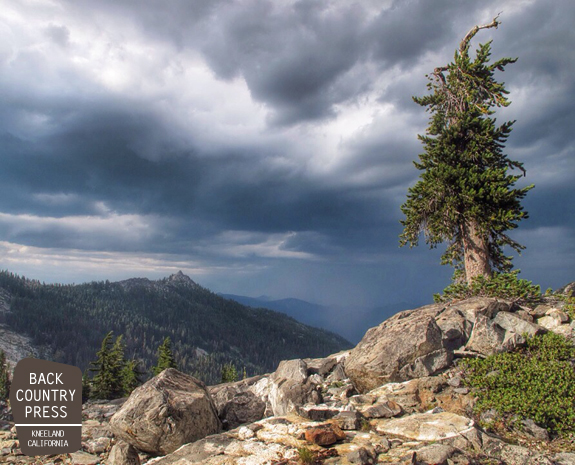The Trinity Alps
The Siskiyou Wilderness
Celebrating 30 years of protection
Protected in 1984 and expanded in 2006, the Siskiyou Wilderness now preserves 182,802 acres of some of the most species-rich temperate coniferous forests in North America. This film is a collection of images from years of hiking and exploring this diverse landscape – dedicated to my son, Sylas Siskiyou Kauffmann.
Klamath Mountain Wilderness
In 1964 Congress passed The Wilderness Act in a nearly unanimous vote. Though the idea of wilderness was nothing new, its legalized preservation was. The act was meant to acknowledge and define the immediate and lasting benefits of protecting wild places—stating that land shall be set aside for “preservation and protection…so as to remain untrammeled…to retain primeval character…to only be affected by forces of nature…and to guarantee solitude…devoted to un-mechanized public purposes.” I quickly discovered these places were for me—a freedom-loving environmentalist who enjoys unconfined primeval recreation.
— Conifer Country (2012)
Since first exploring the Siskiyou Wilderness in February of 2003, I became convinced that the Klamath Mountain wilderness areas contain some of the wildest and most rugged terrain in the contiguous United States. This is country that is often so steep, and thus spatially isolated, that there are places that have rarely–if ever–been visited by humans. The Klamath Mountains also hold one of the most species-rich temperate forest in North America–with nearly 3,500 taxa documented. The diversity is due to many factors, but in essence it represents a means to appreciate the wildness that has maintained across the numerous sub-ranges in the region. The variable topography, relatively stable climate, and varied soil types have offered (and continue to do so) a refuge for plants to persist or speciate. This is a phenomenon which I am cautiously optimistic will persist into the future, even as climates rapidly change to to human activity–I also beleive this to be true do to the wilderness that is preserved that will help to promote biodiversity. September 3rd, 2014 is the 50th anniversary of the Wilderness Act – wilderness is a part of me as are these mountains.

Foster and Lion Lake – Trinity Alps Wilderness
Original Publication DATE: 1/19/2014
Part two of whitebark pine negative reports in the Trinity Alps Wilderness
As mentioned in my last post, part of last summer’s whitebark pine conservation assessment and mapping project involved predicting location where the species might occur but was not yet documented. While I found success with some predictions, others turned into negative reports with “ground-truthing.” One negative report was in the Trinity Alps Wilderness around Stonewall Pass, another was in the Foster and Lion lakes region where I based my prediction on the significant landmass above 7,500′.

Continue reading “Foster and Lion Lake – Trinity Alps Wilderness”